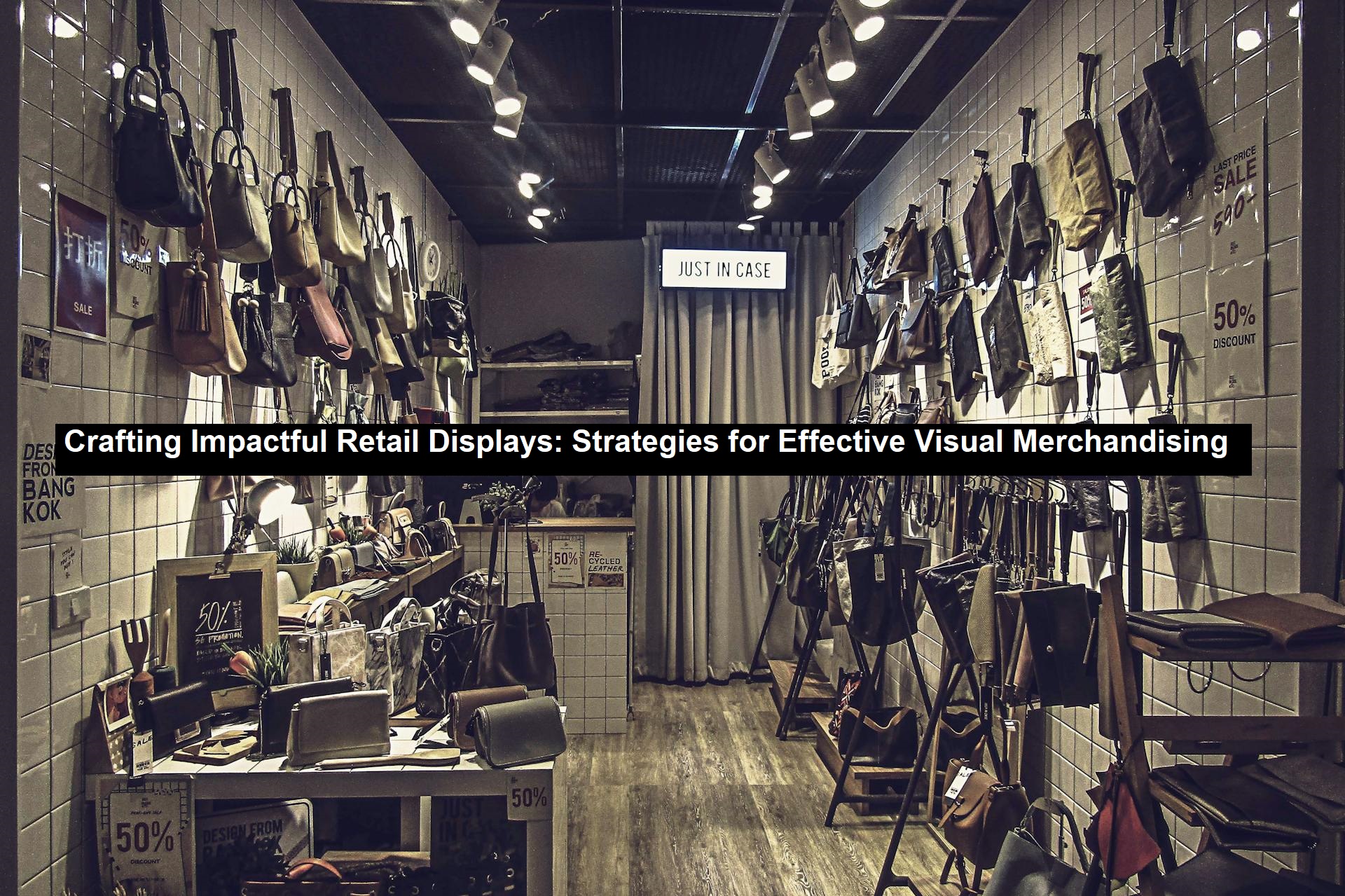In the evolving realm of retail, how products are displayed can significantly influence customer engagement and sales performance. Visual merchandising employs the art of sight to design appealing and memorable shopping experiences. By strategically utilizing lighting, color, and display techniques, retailers can enhance product visibility and attractiveness.
Lighting is a critical aspect of visual merchandising, serving both practical and aesthetic functions. Ambient lighting provides overall illumination, ensuring a well-lit and inviting store environment. Task lighting targets specific areas, such as checkout counters or fitting rooms, to facilitate detailed tasks. Accent lighting highlights particular products or displays, creating visual focal points that capture customer attention. Programmable lighting systems offer advanced control, enabling retailers to adjust lighting settings based on the time of day or special events, thereby enhancing the overall shopping experience.
Glorifier displays are instrumental in elevating product presentation. These displays are designed with unique structures and lighting to showcase products effectively. By employing custom shapes, illuminated bases, and dynamic lighting, glorifier displays create striking focal points that draw attention and emphasize product features, setting items apart in a crowded retail space.
The application of color theory is essential in visual merchandising. Colors influence emotions and customer behavior. Warm hues, such as red and orange, generate a sense of urgency and excitement, making them ideal for sales and clearance areas. In contrast, cool tones like blue and green evoke tranquility, suitable for stores specializing in health and wellness. Strategic color use contributes to a cohesive and welcoming store atmosphere, encouraging prolonged customer exploration.
Read: SaaS ERP Systеms: Thе Futurе of Businеss Opеrations
Effective display layout and organization direct customer flow through the store. Utilizing design principles like balance, contrast, and white space creates visually engaging and navigable displays. Balance can be achieved with symmetrical or asymmetrical arrangements, contrast through diverse colors and textures, and white space to minimize clutter and highlight key products.
Interactive displays enhance customer interaction and engagement. Features such as touchscreens or product samples enable customers to explore products firsthand, increasing their likelihood of purchase by fostering a deeper connection with the merchandise.
Visual merchandising combines elements of design, psychology, and marketing to craft compelling product displays. By understanding and applying these visual strategies, retailers can create environments that attract customers, encourage exploration, and ultimately drive sales.
The Science Of Sight: Visuals Used In Product Displays was contributed by SEG Systems, known for their SEG snap frame for indoor and outdoor use
For a comprehensive overview of visual merchandising techniques, continue reading on to the resource supported alongside this post.



